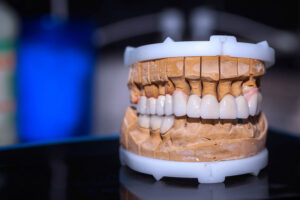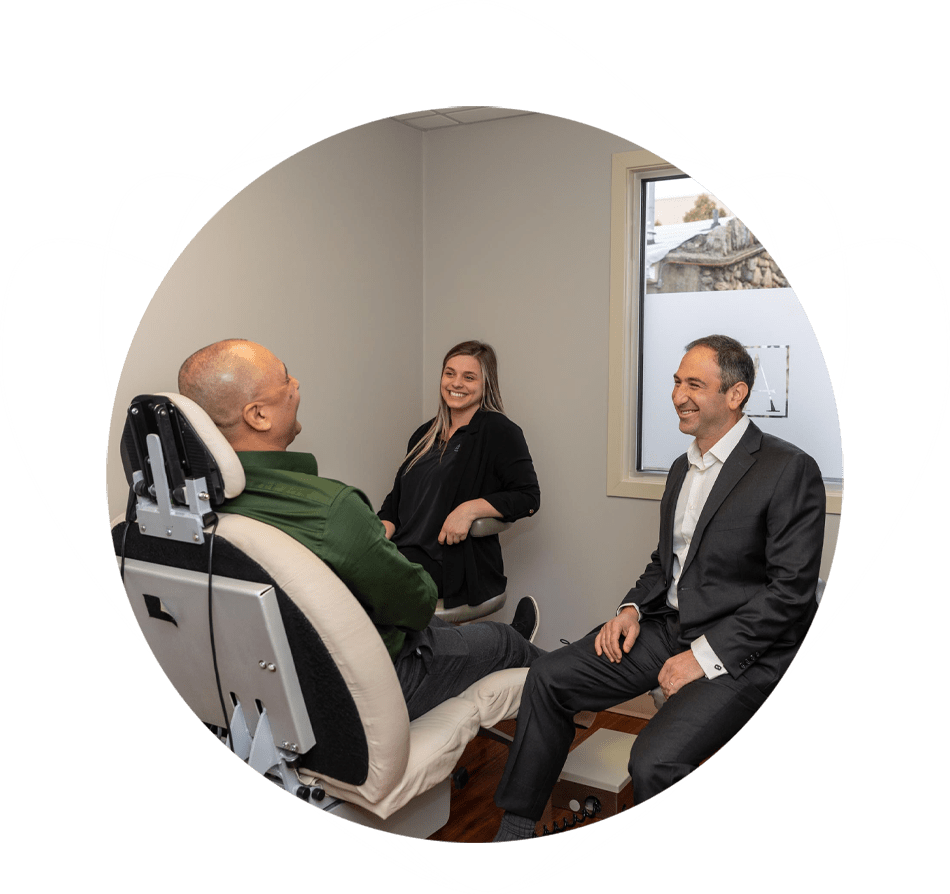If you suffer from TMJ-related symptoms like jaw pain, frequent headaches, or even tinnitus, then you understand how difficult it can be to find a treatment that works for you. What works well for others may not provide you with the same benefits, causing what feels like a never-ending loop of dead-end treatments. Unfortunately, this is the nature of temporomandibular joint disorder or TMJ.
Unlike a broken ankle, TMJ is less of a disorder and more of an umbrella term describing a complex network of symptoms. While some patients may have developed symptoms like jaw pain from arthritis, others may have experienced a car accident or a slow build of symptoms. These variations from patient to patient make treatment difficult for dentists who are unpracticed in treating TMJ. Neuromuscular dentists, however, see the challenge as a necessary hurdle. One that can be overcome with techniques like a bite splint.
While a bite splint may not be the right treatment for everyone, it’s a good start for many people suffering from TMJ symptoms. This blogs offers patients an idea of how bite splints work, and how they could benefit you.
What Is a Bite Splint?
A TMJ bite splint is very similar to the type of mouthguards athletes wear, and their purpose is twofold. Not only do they protect teeth from any grinding or damage that conditions like bruxism may inflict, but they also position the jaw in a way that relieves tension, promotes healing, and may help to resolve a wide variety of TMJ-related symptoms.
In many ways, TMJ and an ankle sprain have a lot of commonality. The jaw and the temporomandibular joint are part of a complex system with many moving parts, and when the joint becomes injured, it can cause far-reaching symptoms throughout the body. Unlike a sprained ankle, however, it can be very difficult to allow the joint to heal. It still has to perform its daily tasks, like helping you to speak, eat, and breathe. All this work can further damage your jaw.
The purpose of a bite splint is simple: to help your jaw find a comfortable position to relieve it of tension and allow it to begin the healing process.
How Will the Process Work?
Everyone’s jaw is different, so your bite splint will have to be custom-designed to fit you. This starts like most dental procedures start, by scheduling an appointment with your dentist. After a list of questions, your jaw will be examined, measured, and an ideal jaw position will be identified. When your dentist has decided that a bite splint is the best treatment for your particular case of TMJ, they will take a full-mouth impression which will be used to create the ideal bite-splint for you.
You’ll start out wearing the bite splint all day. As your jaw heals, most people transition to just wearing the splint at night, and possibly not even every night. Many people love the results they get from the bite splint–relief from TMJ symptoms–but don’t love the splint. For these people, we offer full mouth reconstruction. This procedure builds up your teeth so they hold your jaw in the same position as the bite splint. For many people, reconstruction is already necessary to repair damaged teeth. In that case, it only makes sense to restore your bite at the same time.
If you would like to learn whether TMJ is responsible for your symptoms, please call (914) 526-2144 or email us to schedule a consultation with a Mohegan Lake TMJ dentist at Advanced Dentistry of Mohegan Lake.





